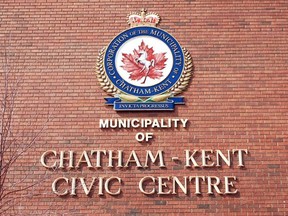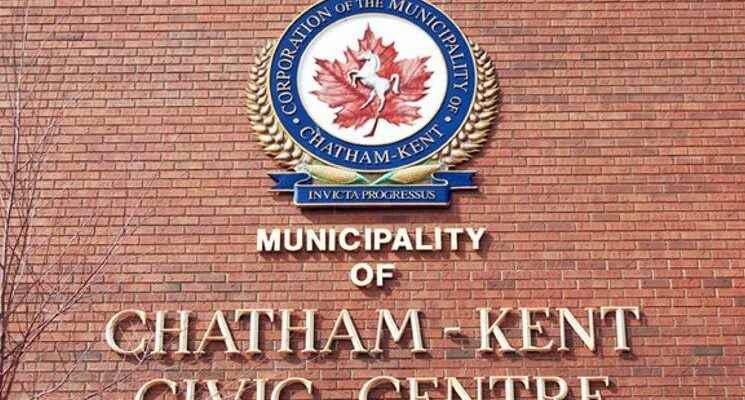
Given the ever-increasing need for electricity, as well as the potential economic benefits, Chatham-Kent councilors approved a preliminary step for several energy and battery storage projects that have been proposed for the region.
Council passed a staff report Monday recommending the municipality be able to authorize community support agreements, subject to the approval of final terms for each of the initiatives.
However, it’s still to be determined in the coming months whether or not these projects go ahead.
The staff report noted the province is entering a “period of emerging electricity system needs,” driven by increasing demand and the refurbishment of nuclear generating units, as well as expiring contracts for existing facilities.
The Independent Electricity System Operator (IESO) is predicting that Ontario, especially the area between Chatham and Windsor, will be short on power starting in 2025.
The proposed projects for the ChathamKent include:
- Wheat Energy Storage LP (a Renewable Energy Systems Canada Inc. limited partnership) at 13613 Spence Line;
- Chatham battery energy storage system project by Boralex Inc. at Lots 26 and 27 Concession 1, east of Communication Road;
- Chatham-Kent battery energy storage system LP (Kruger Energy and Innergex) at 4683 Finn Line; and
- Cedarline Greenhouses cogeneration unit by 1573903 Ontario Ltd. at 11080 Base Line.
A specific reserve account will also be created at the appropriate time for the annual community benefit contributions, with any unspent funds being transferred to a reserve at year end.
The IESO’s procurement process included two separate consultation processes. The first consultation process with all industry stakeholders was launched in January 2022. A second consultation, geared to municipalities, was launched last March.
Public consultation is also still to come, with further details yet to be determined.
“Proponents will go forward with their submissions on their proposals to the IESO, which will take a couple of months before they know whether they received a successful contract or not.” Bruce McAllister, general manager of community development, said. “Over the course of this year – later in the year – that’s when more details will come out.”
Developers have been active in Chatham-Kent, Essex and Lambton counties, with the IESO identifying the area west of Chatham as a preferred development area for new capacity.
Several benefits to the proposed projects were noted in the report, including a community support agreement and significant financial contributions, municipal tax revenue, local economic spinoffs, emission reduction and grid reliability.
“(The projects) still need to go through a level of environmental assessment and then local planning approvals as well before they’re finally approved,” McAllister said, “and obviously they need to receive a contract too.”
